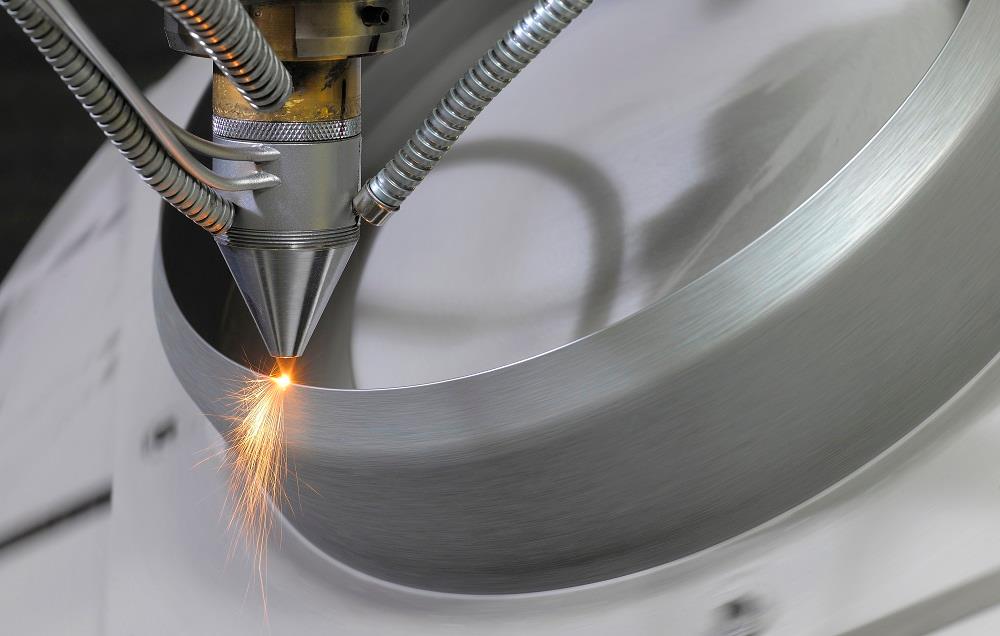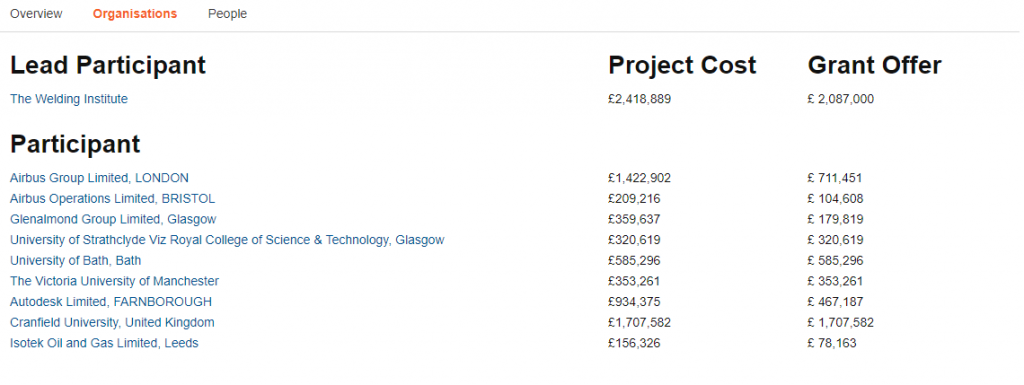Independent research and technology organisation TWI, also known as The Welding Institute, has announced that it will lead the Open Architecture Additive Manufacturing (OAAM) project. With the contribution of several regional research institutions and global organizations, OAAM is an initiative set to provide the UK aerospace sector with large scale metal 3D printed components.
The government’s Technology Strategy Board Innovate UK is funding the program, and has so far granted contributors over £6.5 million ($8.27 million approx.).

Industrial DED
The OAAM program focuses on the development of large-scale directed energy deposition (DED) additive manufacturing, a technique commercially marketed by companies including Formalloy, Optomec and AddUp. The abstract suggests that multiple DED based technologies will be developed throughout the duration of the project, advancing the current capabilities of arc-wire/laser-wire at Cranfield University, and TWI’s electron beam wire and laser-powder/laser-wire processes. Cranfield’s wire arc additive manufacturing (WAAM) method in particular has already proven an ability to create potentially record-breaking large-scale metal parts.
In addition to TWI and Cranfield, the project will rely on contribution from 8 other bodies: global aerospace giant Airbus, award winning software company Autodesk, Scottish engineering and manufacturing specialist the Glenalmond Group, the University of Bath, University of Manchester, University of Strathclyde, and engineering consultancy firm Isotek Oil & Gas Ltd.
Funding from Innovate UK has been shared out between each body with TWI receiving the lion’s share of $2 million. With an estimated project cost of $1.7 million, Cranfield University was granted 100% of the proposed from Innovate UK. Further numerations are detailed below.

Scaleable, integrated, metal additive manufacturing
The various technologies developed through the project are required to be scaleable; work with common CAD/CAM interfacing; and integrate four traditionally isolated steps of production: non-destructive testing (NDT), machining, inspection and cold-work. Necessarily, the technologies must also conform to aerospace level standards.
Innovate UK’s funding period for OAAM has been initially set to run until December 2020. The goal over the next two-three years it to develop the technologies to Technology Readiness Level (TRL) 6, i.e. a functioning demonstration of the method’s capabilities, or Manufacturing Capability Readiness Level (MCRL) 4/5, “Capability to produce the technology in a laboratory environment” or “Capability to produce prototype components in a production relevant environment.” Following this, OAAM technologies will have to pass through three further TRLs or 5/6 MCRLs before they are considered the “highest level of production readiness,” and fully validated for a commercial market.
For more updates on this project as it progresses, subscribe to the 3D Printing Industry newsletter, like us on Facebook and follow us on Twitter. For new, professional opportunities in the industry, search 3D Printing Jobs.
Featured image shows components manufactured using electron beam melting at TWI. Photo via TWI



